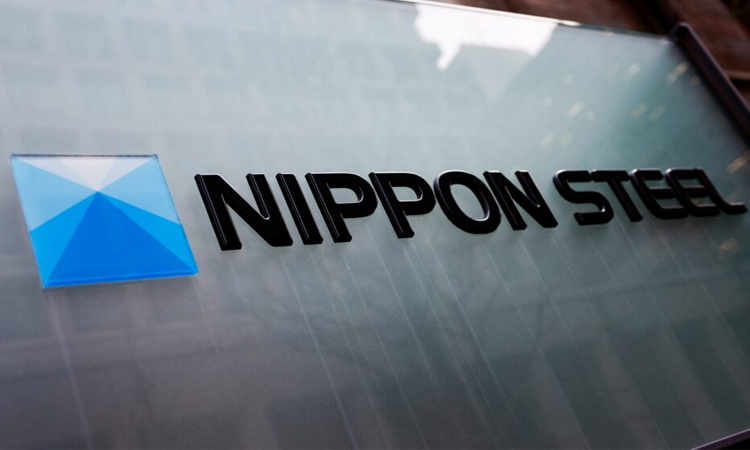News Flash

TOKYO, June 14, 2025 (BSS/AFP) - Nippon Steel on Saturday touted a "historic partnership" with US Steel after President Donald Trump approved a multi-billion-dollar merger.
But the Japanese giant faces numerous headwinds going forward.
Here are some of the challenges facing the company, from trade tariffs to lacklustre global demand:
- US conditions -
Nippon Steel and US Steel said they had "entered into a National Security Agreement" with the US government, which "provides that approximately $11 billion in new investments will be made by 2028".
Former president Joe Biden had blocked the deal on national security grounds shortly before leaving the White House.
Other conditions include a so-called "golden share" for the US government, giving it more control over the company, as well as non-specified "commitments" related to domestic production and trade.
"All necessary regulatory approvals for the partnership have now been received, and the partnership is expected to be finalized promptly," the companies said in a statement.
- Financial burden -
Ratings agency S&P last month said that the "huge financial burden" of the deal could cause it to downgrade Nippon Steel more severely than planned.
Bloomberg Intelligence's Michelle Leung also warned in May that the $14.9 billion merger would "significantly increase the Japanese firm's debt burden from the current $16.7 billion".
"A deal might help Nippon Steel diversify beyond its sluggish domestic market, though it would need to invest heavily to help repair the aging assets of US Steel," she said.
Some shareholders have expressed alarm, with activist investor 3D Investment Partners calling for opposition to the reappointment of Nippon Steel executives at an upcoming annual general meeting.
"This level of capital outlay" risks an "irreversible impairment of corporate value", it warned.
- Tariff threat -
"Weak domestic and overseas demand for steel products and the indirect effects of US tariffs imposed on steel" will likely hit Nippon Steel's earnings, S&P said.
The company has warned that global steel demand is "in an unprecedented state of crisis" -- a trend fuelled by sluggish economic activity, oversupply in the market and fewer public infrastructure projects.
It will also need to grapple with Trump's tariff offensive -- with levies on steel and aluminium imports recently doubled to 50 percent.
In Japan, the ageing population is weighing on demand for steel, but exporting is also becoming more challenging as other countries boost local production.
To address this, Nippon Steel has strengthened its international presence by acquiring Indian and Thai steelmakers.
The US Steel merger is part of this strategy: it will allow Nippon Steel to achieve global crude steel production capacity of 86 million tonnes a year, up from 66 million currently, it says.
- Chinese overproduction -
Global steel demand is growing at a pace of less than one percent per year, which is mismatched with the anticipated 6.7 percent jump in production capacities by 2027, according to the Organisation for Economic Co-operation and Development (OECD).
That will likely cause a price drop, threatening many steelmakers.
Much of this surplus is subsidised by China, the world's largest steel producer, in what the OECD characterises as a "policy distortion".
Steel exports from China have more than doubled since 2020, prompting regions including the European Union to launch anti-dumping investigations.
Chinese demand for steel is slowing and the country's "exporting spree... is aimed at driving up its GDP", Ryunosuke Shibata of SBI Securities told AFP.
"A vast amount of steel is flowing into Asia at prices that are barely profitable," sparking a "wave of price competition", Shibata said.
- Costly decarbonisation -
Japan has pledged to reach carbon neutrality by 2050, as governments worldwide work to curb their emissions.
As part of its own efforts to produce less planet-warming carbon dioxide, Nippon Steel has announced a $6 billion plan to build, modify or restart three less polluting "electric arc" furnaces at different sites.
Around a third of the funding will come from the government.
But the investment "could lead to mounting financial costs" as production from the facilities will not start before the 2029 financial year, Leung said.